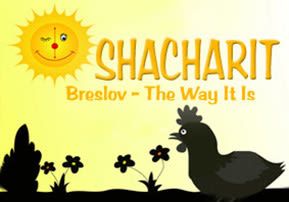
Shacharit – Part 5
Kedushah: Rabbi Elazar lifts up his feet slightly on his toes when he recites the declarations “kadosh, kadosh, kadosh…”

Le‘ilui nishmat Leib ben Yitzchak Ya’akov Sears, a”h – Yartzeit: 30 Shevat, Rosh Chodesh Adar
Le’ilui nishmat Yosef ben Shmuel Zeitlin, a"h – Yartzeit: 18 Menachem Av
We continue with our new series of minhagim and hanhagot tovot of Breslov. We invite you to peruse our previous entries by accessing our archives.
Shacharit (continued)
In “Al ha-tzaddikim,” Rabbi Avraham would say “ve-al chasdekha ha-gadol be-emet nish’anenu.” This is the nusach of the Tzefat community. (This is an old Sefardic mesorah that appears in various siddurim. According to Tefillah le-Dovid, this phrase alludes to the Avot: “chasdekha” corresponds to Avraham; “ha-gadol” corresponds to Yitzchak; and “ve-emet” corresponds to Ya’akov; see Likkutei Maharich, vol. I, p. 156.)
* * *
Rabbi Levi Yitzchok Bender concurred that the nusach of this berakha includes the phrase be-emet nish’anenu,” not “be-emet u-ve-tamim nish’anenu” (Si’ach Sarfei Kodesh IV, 150).
* * *
In “Et tzemach Dovid,” Rabbi Avraham Sternhartz would say “u-metzapim tamid le-yeshu’ah.” This is the nusach of the Tzefat community (heard from Rabbi Noach Cheifetz and Rabbi Dovid Shapiro).
* * *
This conflicts with the mesorah of Rabbi Levi Yitzchok Bender, which is "u-metzapim leyeshu’ah," omitting the word “tamid” (Si’ach Sarfei Kodesh IV, 150).
* * *
Rabbi Avraham’s nusach for "Shema koleinu" was: "Av ha-Rachaman, shema koleinu, HaShem Elokeinu, chus vi-rachem aleinu, ve-kabel be-rachamim u-ve-ratzon es tefilateinu, ki E-l shomei’a tefillot ve-tachanunim Atah. U-milfanekha Malkeinu reikam al tishiveinu. Chonenu va-anenu ushema tefilateinu, ki Atah shomei’a tefillat kol peh, amcha Yisrael be-rachamim…" This is the nusach of the Tzefat community (Pri Eitz Chaim, Sha’ar ha-Amidah 19). (The phrase “Av ha-Rachaman, shema koleinu” was also the nusach of the Baal Shem Tov; see Ze’er Zahav on Shulchan ha-Tahor-Komarno, 18:8; Keter Nehorah on Siddur Tefillah Yesharah-Berditchev, loc cit. It was also the nusach of Rabbi Pinchas of Koretz, Imrei Pinchos [Bnei Brak 2003] vol. I, Sha’ar Seder ha-Yom 93. Similarly, both Siddur ARI Kol Yaakov and Siddur ARI Rav Asher begin the berakhah “Av ha-Rachaman, shema koleinu…” Siddur ARI Kol Yaakov also includes the phrase “chonenu va-anenu u-shema tefilateinu…” although it omits “amcha Yisrael be-rachamim," which is nusach Ashkenaz. The latter is an alternative nusach that some siddurim append to “shomei’a tefillat kol peh.”)
* * *
This, too, is the nusach that Rabbi Levi Yitzchak Bender remembered from Uman (Si’ach Sarfei Kodesh IV, 150).
* * *
Rabbi Levi Yitzchok stated that in Uman, the nusach for birkhat “Retzei” was: “u-tefilatam meheirah be-ahavah tekabel be-ratzon…” including the word “meheirah” (Si’ach Sarfei Kodesh IV, 150).
* * *
In “Sim shalom,” Rabbi Gedaliah included the phrase “be-rov oz ve-shalom,” as in the standard nusach Sefard. However, he did not say “yachad,” but only “ki-echad be-ohr panekha…”
* * *
Rabbi Levi Yitzchok Bender also stated that this was the nusach in Uman (Si’ach Sarfei Kodesh IV, 150.
Kedushah: Rabbi Elazar lifts up his feet slightly on his toes when he recites the declarations “kadosh, kadosh, kadosh…” “baruch kevod HaShem…” and “yimlokh…” (see Tur, Orach Chaim 125 for further discussion. Sha’ar ha-Kavannot, Shnei Luchot ha-Brit, Minchat Aharon, Ben Ish Chai: Halakhot I, Terumah 4, et al., state that one should raise one’s feet at each declaration, while Mishnat Chassidim states that one should do so only while reciting “kadosh…”).
Birkhat ha-Kohanim: According to Rabbi Levi Yitzchak Bender, the minhag in Uman was that after each of the three sections of Birkhat Kohanim during chazorat ha-shatz, the tzibbur would answer "kein yehi ratzon," not "Amen." This was the regional custom. However, when Birkhat Kohanim was actually performed by a Kohen, as in Eretz Yisrael, the tzibbur would answer "Amen."
* * *
According to some halakhic opinions, even in chutz la’aretz, where Birkhat Kohanim is not performed daily, if the shaliach tzibur is a Kohen, one should also answer “Amen” (see Shulchan Arukh, Orach Chaim 127:2; Mishnah Berurah 10-11, ad loc.; Magen Avraham in the name of the BaCH, ad loc.; Mishmeret Shalom [Kaidinov] 10:8; Darkei Chaim ve-Shalom [Munkatch]; Sefer ha-Minhagim-Chabad; Likkutei MaHaRiCH, Vol. I, p. 165).
* * *
The minhag Yerushalayim is to respond "Amen," not "kein yehi ratzon." This became the minhag of the Breslov community in Eretz Yisrael long ago, and remains the minhag in both the Yerushalayim and Tzefat communities (heard from Rabbi Yitzchak Kenig).
To be continued.
(With permission from The Breslov Center for Spirituality and Inner Growth http://www.nachalnovea.com/breslovcenter)




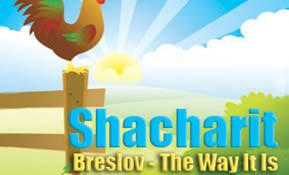
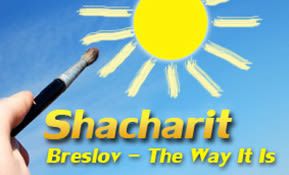
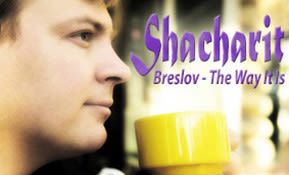
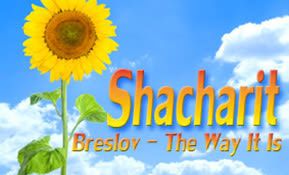

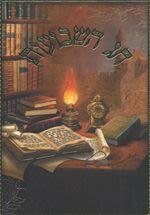
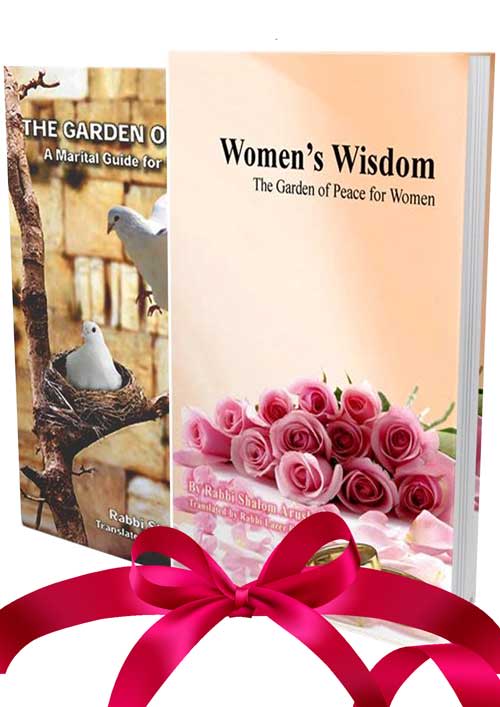
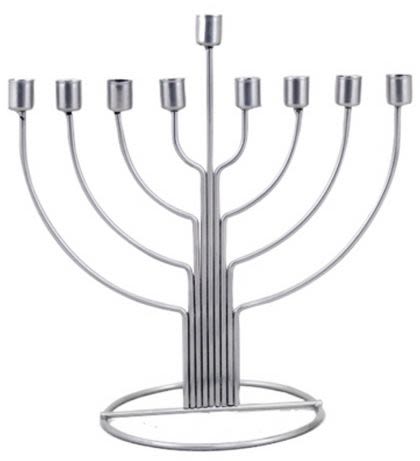
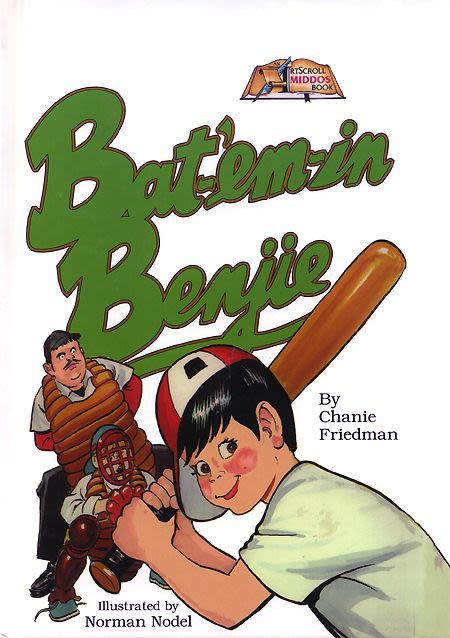
Tell us what you think!
Thank you for your comment!
It will be published after approval by the Editor.